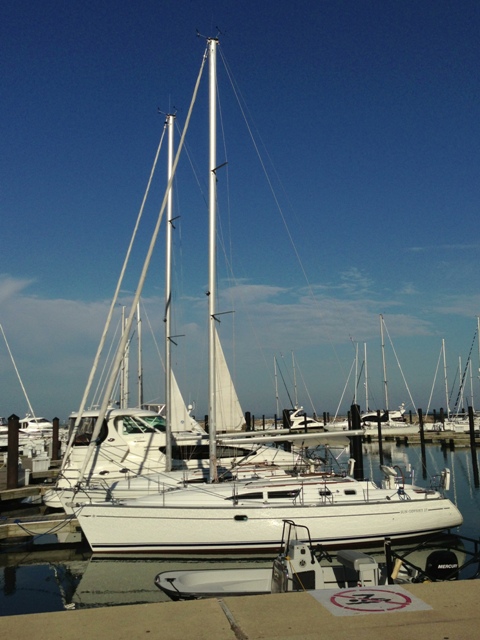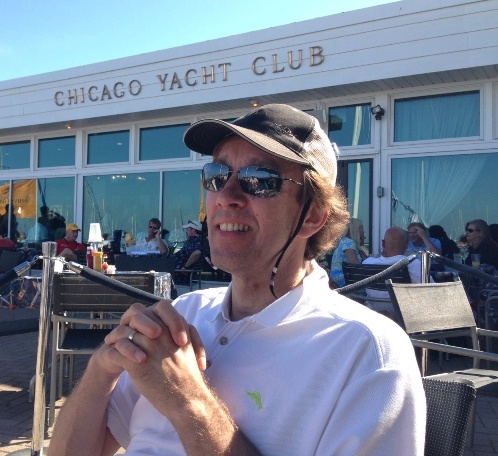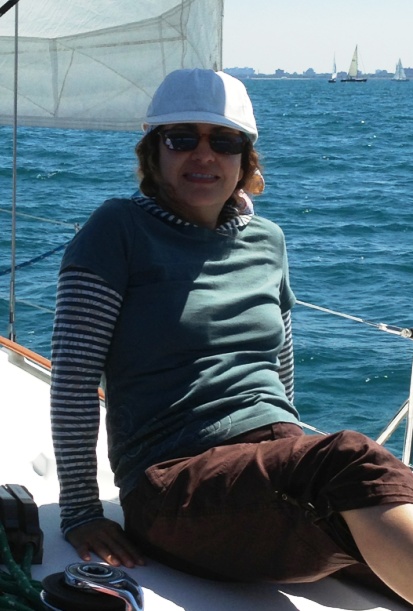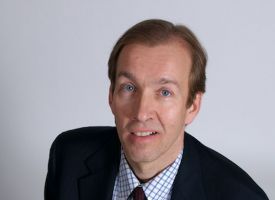
Here’s an overview of my books, articles and other published work. I’ve had three books published by major publishers, as well as numerous articles. Check out amazon to learn more. My recent thought leadership is focused on the use of commitment-making in strategy- and project- execution.
Making It In High Tech Sales

Making It In High Tech Sales was published in 1989
Still in print, and still has its fans out there. I wrote it because as a sales manager at the tech companies I sales-managed, I could not find the skill set I needed in software sales reps for packaged software. Its main contribution was a focus on needs-based selling, managing technical evaluations, and avoiding role confusion in the customer experience of the selling process. I wrote this before Strategic Selling and ‘SPIN Selling’ came on the scene. SPIN selling especially was a big advance on my idea of focusing on ‘problem-solving’ value. Today it is mostly serves as a primer for newbie sales reps which is exactly what it was targeted as.
The book had a difficult first year in that Time had bought Scott-Foresman and had it on the block, and it did selling the division to Harper-Collins shortly after the book was published. It was common knowledge in the channel and accordingly the stores weren’t ready to stick out their neck until they saw what the new buyer had in mind for the catalog.
I did some speaking and training engagements with Fortune 1000 firms based on the positive reviews and modest following the book garnered.
Expert Systems Programming – Practical Techniques for Rule-based Systems

Expert Systems Programming was published in 1989
Expert Systems Programming – Practical Techniques for Rule-based Systems came to fruition based on research I did as part of my association with mdbs in West Lafayette, IN. The firm was run by several Purdue professors doing bleeding-edge research on the use of production rule systems in business. The firm released Guru, which was the most complete PC-based expert system development tool up to that time. I was with mdbs as retail and international sales manager. It became pretty obvious that the product was ahead of its time and no one really knew what to do with it. I ended up leaving mdbs to start my own consulting practice specializing in expert systems. I served as a Visiting Assistant Professor at Purdue while doing the research that led to this book. The research began as a high-priced study comparing and benchmarking the PC-based expert systems products of the time. I created a methodology that claimed to establish an approach to develop ‘well structured knowledge bases’ analogous to the concepts of ‘structured programming’ in fashion at the time.
The book was a success in its niche. Among other things, it was a featured title in MacMillans Technical Book of the Month Club.
During this time, I also had several interesting consulting the projects. The most interesting was working with Waste Management in Oak Brook, IL helping them vet and prototype expert systems ideas. The most valuable of these was a system to assess waste sites for dangerous signs of methane build up. This required some expertise and they sought to distribute at least the core of that expertise to a larger group of practitioners. Given my marketing and sales background from the 1980’s, I also had several clients whom I did marketing and sales consulting. I eventually joined one of them, Progressive Computing, which was the end of my artificial intelligence career. This turned out to be a good move as rule-bases were integrated into more generalized environments, and the minor bubble in AI stocks collapsed when the three or four big LISP machine manufacturers saturated their market in the early 1990’s.
Using WordStar 2000

Using WordStar 2000 was published in 1985
Using WordStar 2000 was published by Que Corporation which was the leading publisher of software how-to books at the time on the strength of their title Using 1-2-3. WordStar 2000 was the heir apparent to the original WordStar by MicroPro International in San Rafael, CA. I wrote the book evening and weekends while heading their midwest sales region. Right at the time Using WordStart 2000 was to be published, I got an incredible offer to join Ashton-Tate (of ‘dbase’ fame) to build a midwest sales force. The two firms somehow considered each other competitors. My solution was to publish the book under the pyseudonym ‘Eric Sorensen,’ created based on the name of my two sons Eric and Soren.
Using WordStar 2000 was the best selling book I ever had, tied as it was to the sales of the software product itself. WordStar 2000 the software product had a two-year run as a contender, but eventually WordPerfect and finally MSWord spelled the end of the product and several years later MicroPro sold to Spinnaker Software.













